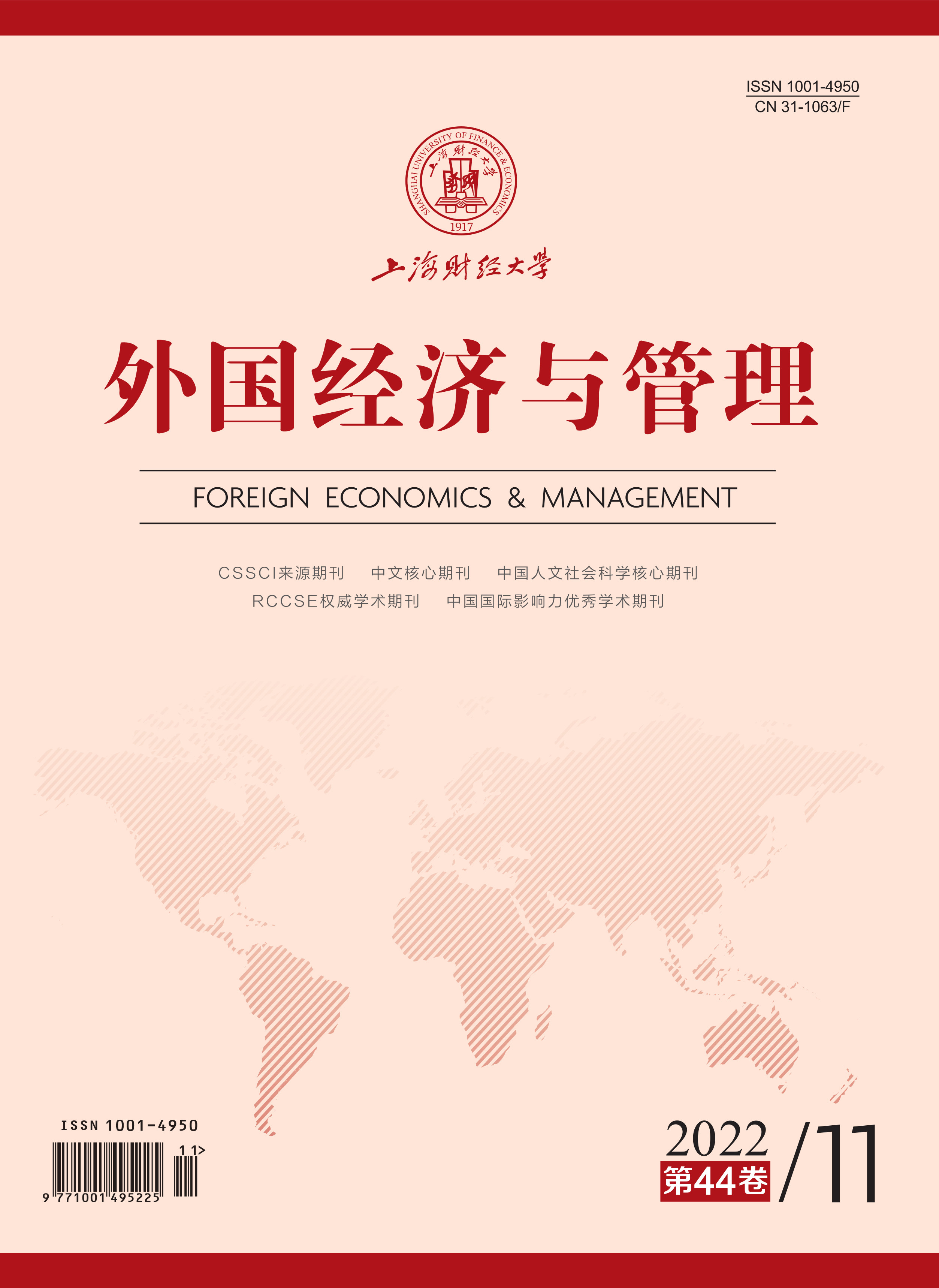Ben S. Bernanke, Douglas W. Diamond and Philip H. Dybvig won the Nobel Prize in Economics in 2022 for their research on banks and financial crises. This paper focuses on three aspects of their contributions. First of all, Diamond and Dybvig’s research on maturity transformation and Diamond’s research on delegating monitoring have jointly consolidated the micro-foundation of the function of financial intermediation and its inherent vulnerability, and also provided an analytical framework to grasp the evolution law of the financial system and the optimal regulatory policy design. According to Diamond and Dybvig model, as long as maturity transformation is involved, financial intermediaries and financial innovation inevitably have inherent fragility, so they should be included in the scope of financial supervision. The design of regulatory policy should focus on the function of financial intermediary and financial innovation. The financial function provides criteria for judging which financial intermediary and financial innovation should be included in financial regulation.
Secondly, Bernanke’s research on the impact of bank failures during the Great Depression and the theory of financial accelerator has built a macro basis for exploring the impact of financial frictions on the economy, and also provided a framework for understanding credit transmission channels and monetary transmission mechanisms. The financial accelerator theory provided more credit transmission channels such as balance sheet channels other than bank credit transmission channels, which enabled us to have a more comprehensive understanding of credit transmission channels and the dynamic transmission process of financial crisis. The dynamic stochastic general equilibrium framework used by Bernanke to analyze financial accelerators has incorporated financial frictions, providing an important tool for evaluating and predicting the effects of various financial policies.
Finally, we can re-examine the global financial crisis in 2007-2009 to help us better understand the evolution of the financial crisis, as well as the economic logic and lessons learned behind relevant policies. The run and spread of shadow banks have evolved into a financial panic, which is expected by Diamond and Dybvig model. The spread of financial panic through bank credit transmission channels and balance sheet channels has a serious negative impact on the economy, which is expected by Bernanke’s financial accelerator theory. The most important lesson is that micro-prudential supervision is not enough to prevent financial crisis. Financial supervision should also consider the safety and robustness of the overall financial system, which is also the origin of macro-prudential supervision policies.
In today’s world, where financial innovation is changing rapidly, their contributions have given a general consideration on how to build a highly efficient, safe and robust financial system, and have reference value for further improving the dual pillar regulatory framework of monetary policy and macro-prudential policy.





 4294
4294  7558
7558

